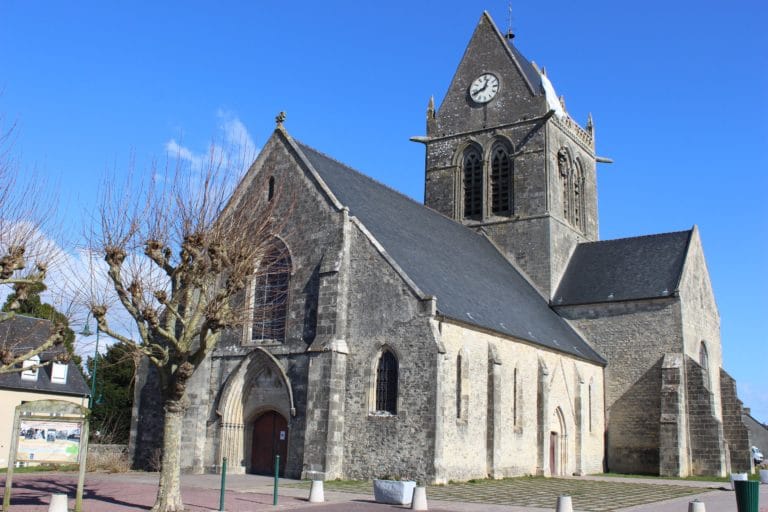The Best Normandy Landing Beaches Map
It can be overwhelming to plan a visit to the Normandy landing beaches. As well as the five beaches, there are also museums, memorials, bridges, batteries, cemeteries, statues, and sculptures. And they’re dotted around a pretty large area.
Hints and Tips
There are five beaches, so the first step is to decide which one or ones you want to visit. This guide to D-Day gives an overview of each of the beaches and the key sites. If you already know which beach you want to visit, you can skip this step. Perhaps you have Canadian, American or British family members who fought in the conflict. American forces tackled Utah and Omaha beaches, the Canadians took Juno while the British landed at Gold and Sword. You’ll be able to see photos, read a description, watch videos and get links to the majority of the attractions.
Then use a map to see how far things are from each other. This will help you to plan your day and the route you’ll take. Check opening times for museums, visitor centres and batteries where you need a ticket. Not all sites are open all year round and some sites close for lunch. In winter the sites tend to open later or close earlier due to the shorter days. Places such as cemeteries are usually open over lunchtime.
One of the best Normandy landings beaches maps is produced by the Normandy Tourist board. You can download their D-Day map that includes a key to the numbered sites.

Also plan where you’re going to have lunch. The majority of restaurants are only open between 12 and 2pm for lunch.
Use a combination of both the Normandy landing beaches map and the article above as not everything appears in both places. For example, Les Braves memorial sculpture on Omaha Beach at St-Laurent-Sur-Mer isn’t on the map.
Finally, be prepared for how you might feel visiting these sites. Emotional and poignant is how most people describe it. Discovering the challenges faced and sacrifices made can give a feeling of gratitude and respect.







